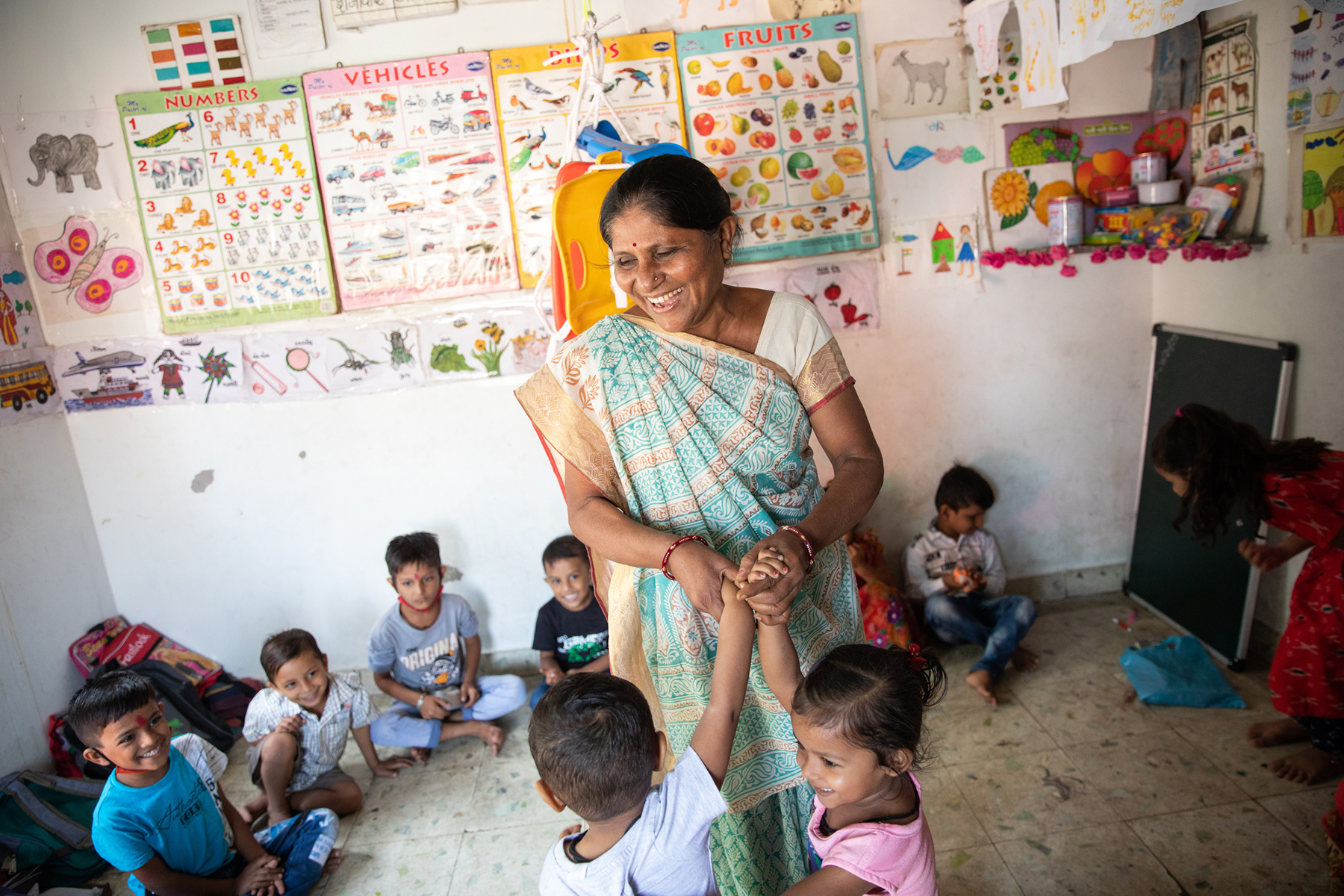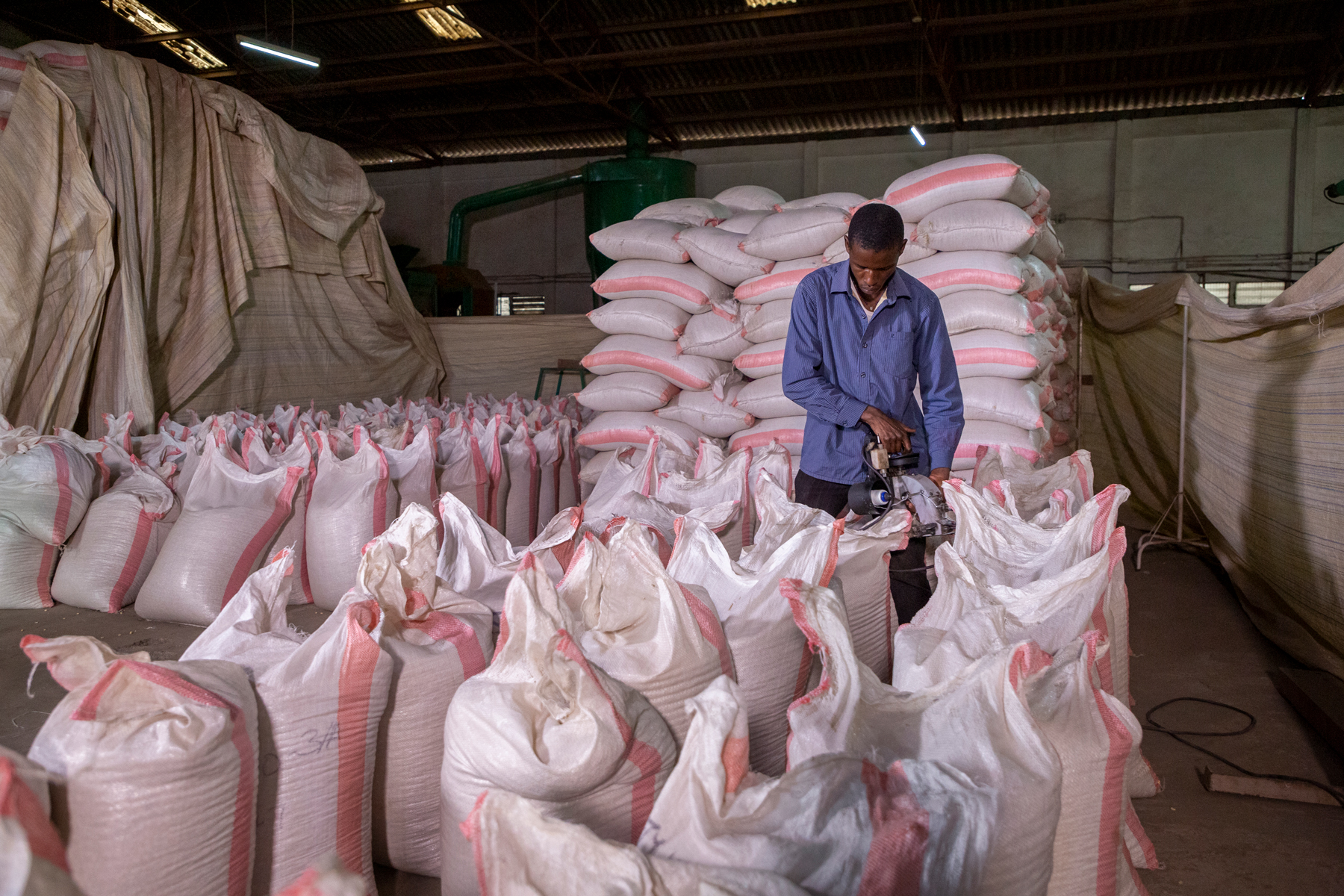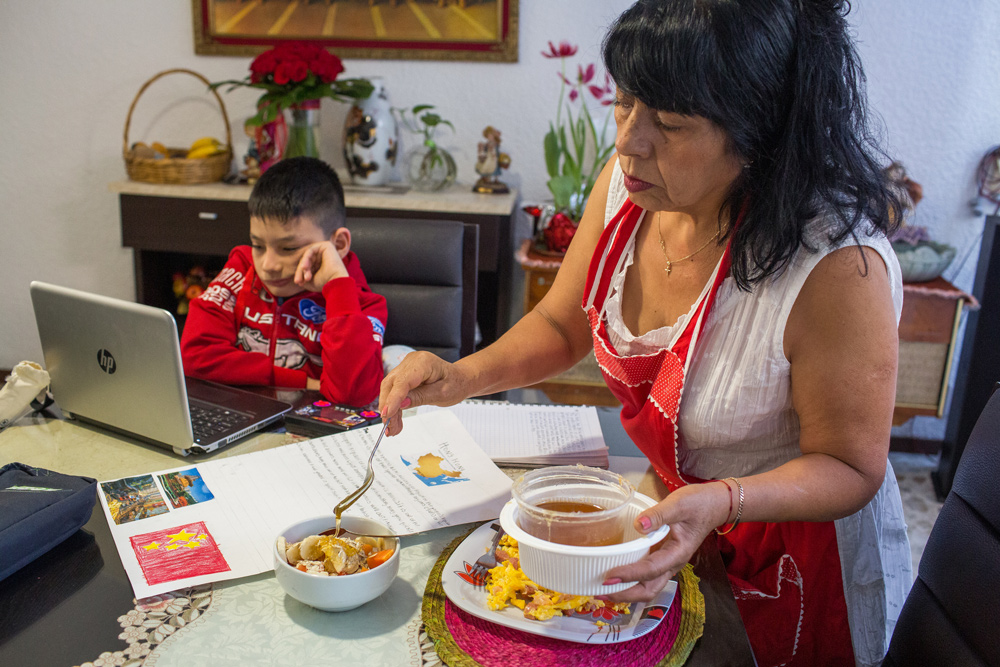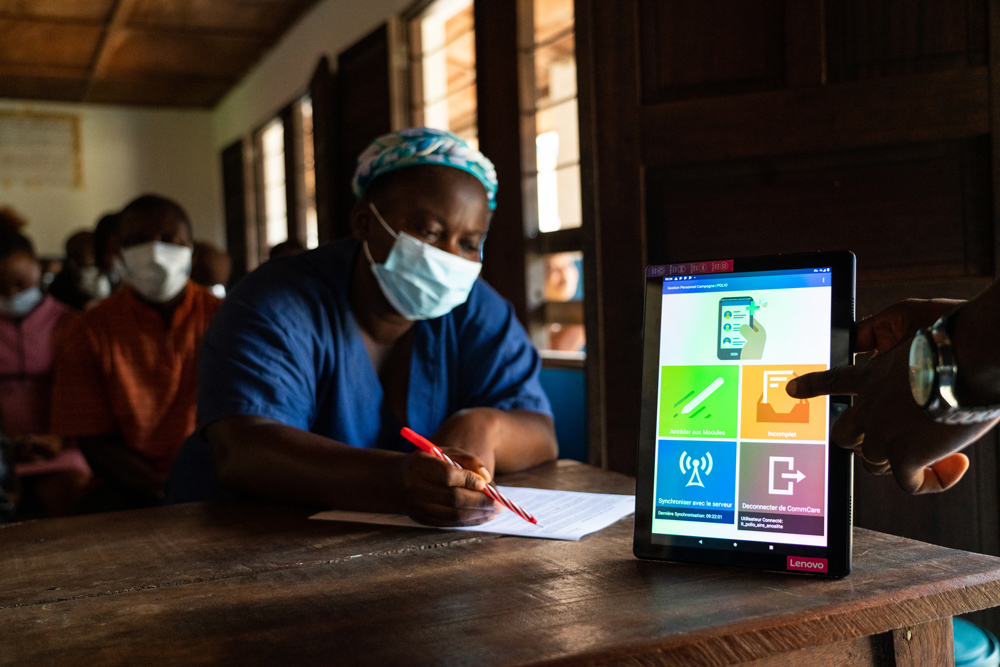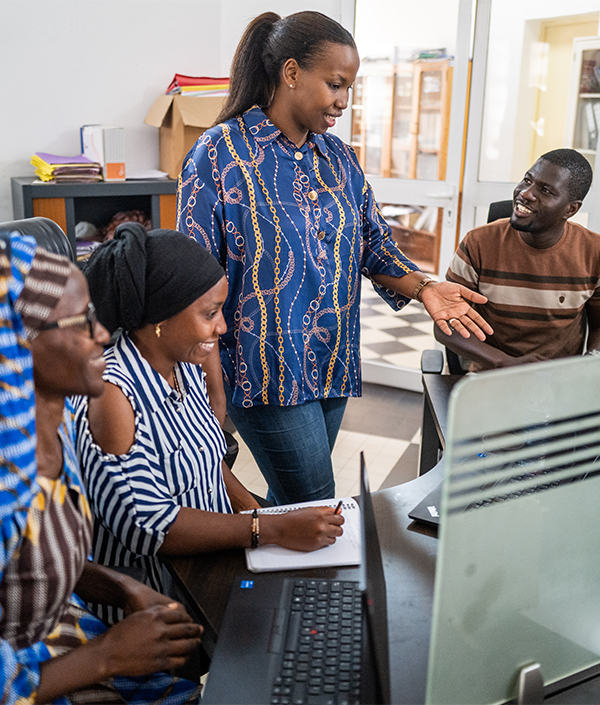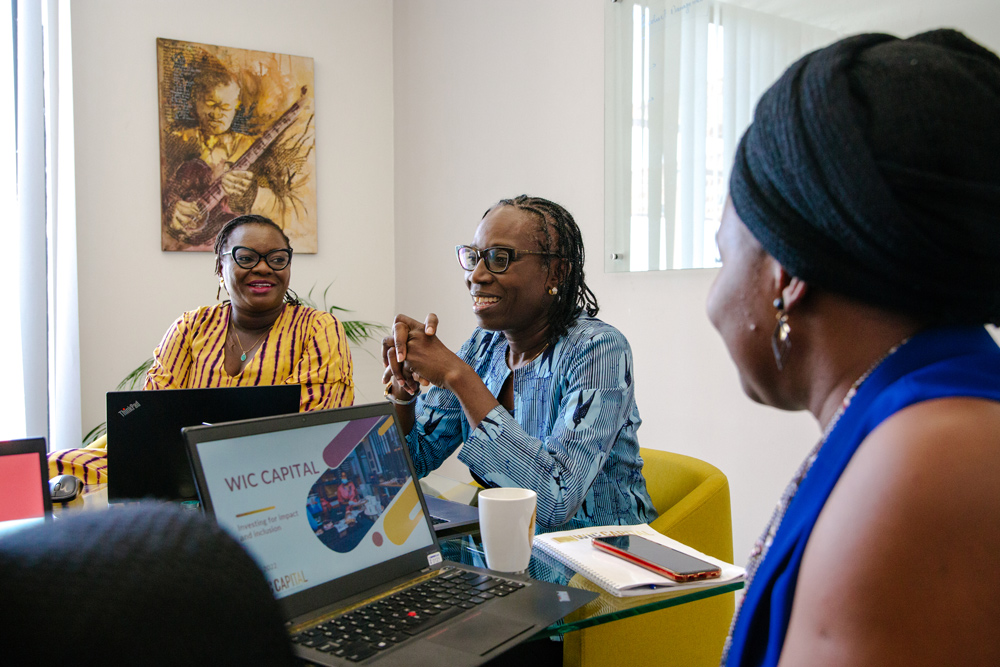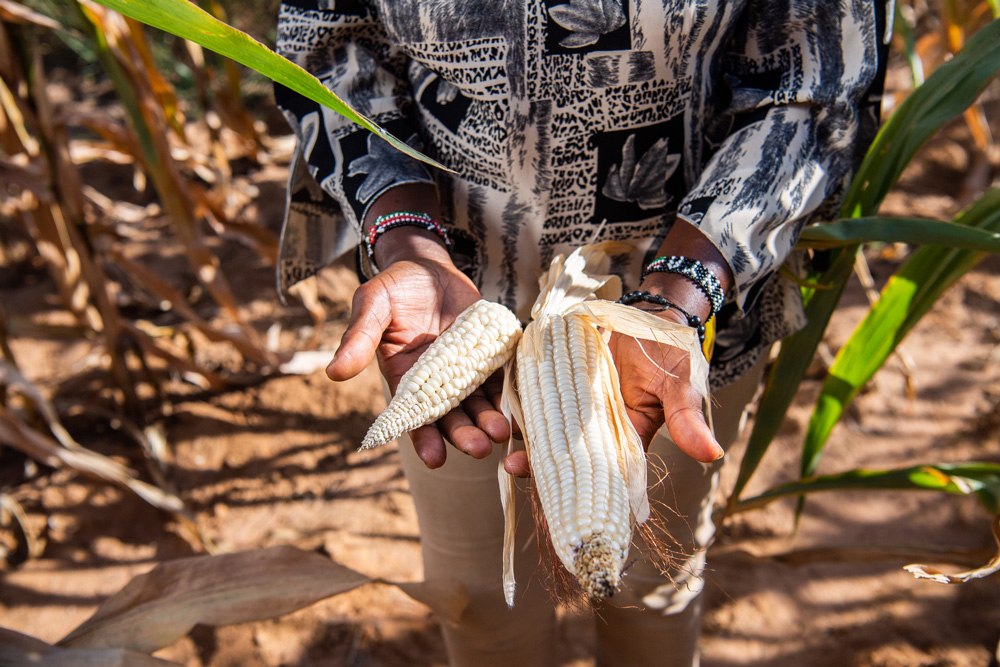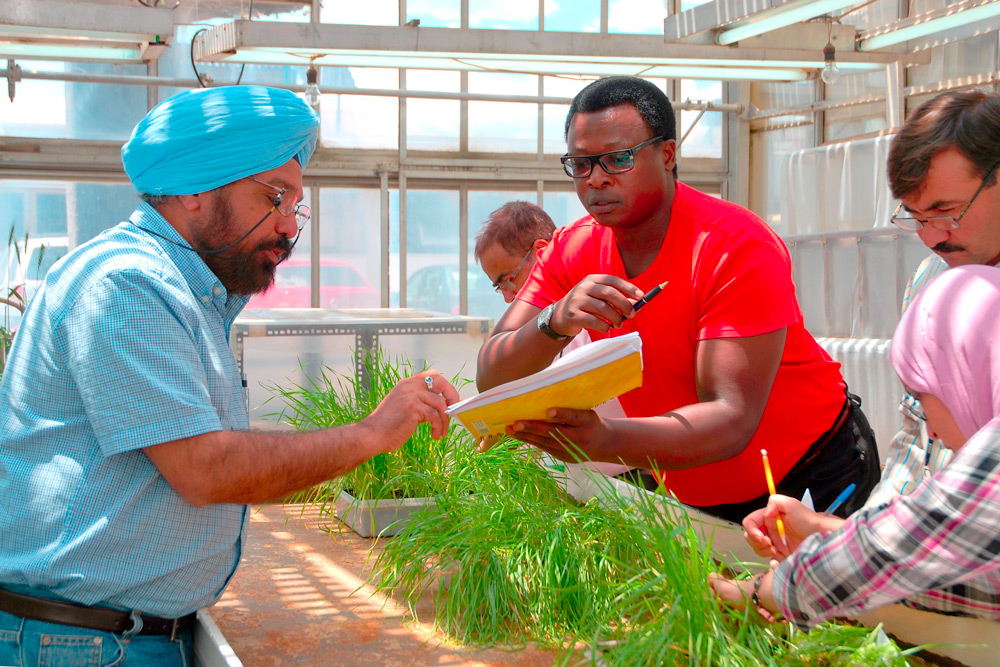In February, Russia’s invasion of Ukraine interrupted the flow of grain from Europe to Africa, creating another humanitarian crisis on a second continent.
Fourteen African nations relied on Ukraine and Russia for half their wheat. Now, those shipments were canceled, and the supply shock spiked the price of replacement wheat to its highest level in 40 years. Prices eventually started falling in May, but in the interim, there were the makings of a modern famine, with world leaders sounding the alarm bell, calling for an influx of aid—money and pallets of food to be shipped to sub-Saharan ports immediately.
Even before the war in Ukraine, food aid had been skyrocketing, and it’s projected to keep rising through the end of the decade.
Food aid to low-income countries is at record levels—and rising
In one sense, this is a very good and necessary thing. The world should be generous and prevent people from going hungry. But in another sense, it doesn’t solve the larger problem.
The goal should not simply be giving more food aid.
It should be to ensure no aid is needed in the first place.
It’s worth stepping back and asking a basic question:
Why did a crisis in Eastern Europe threaten to starve millions of people six thousand miles away?
It’s a complex issue. But mostly, it’s a story about where it’s easy to produce food—and where it isn’t.

